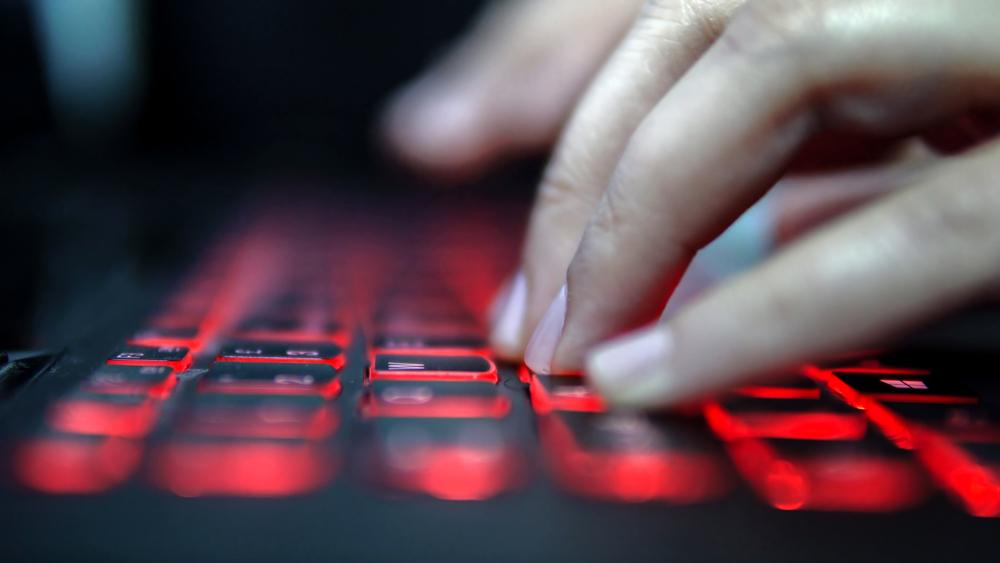
A recent report from the Consortium for School Networking found close to 100 cybersecurity bills were introduced in 27 states in 2020 — California accounted for four of those bills, though none made it to the Gov. Gavin Newsom’s desk. The report, found here https://bit.ly/3pTBxgp, cited an additional 10 proposals introduced at the federal level.
As more students and educators rely on technology to support distance learning, researchers noted that the associated risks and challenges, including rising cyberattacks on school district networks, have also risen.
“Cybersecurity is not a new problem, but there has been an exponential growth and persistent sophistication of cyberattacks targeting school districts and other education entities during the pandemic,” according to the report. “Large and small, urban and rural, all school districts have been subjected to ransomware demands, denial of service attacks, and other costly and often operationally debilitating attacks.”
Among the most common types of cybersecurity incidents schools face are disclosures of personal data, phishing, denial of service, ransomware and other types of incidents that can lead to school disruptions and unauthorized disclosures. Ransomware has been particularly popular due to the likelihood that districts will pay ransoms to have access to student and personnel data restored quickly.
Throughout the country, legislation addressing K-12 cybersecurity risks focuses on areas including cybersecurity instruction for students, technical assistance to schools, investments for improving technology and professional development, building a cyber workforce through career technical education and expanding cybersecurity awareness, training and research.
About 50 miles east, the Newhall School District had to put its classes on hold for the day after a ransomware attack. In a distance learning situation in which all classes are entirely online, that is a significant barrier to keeping students engaged and learning, district superintendent Jeff Pelzel told Stateline.
“With COVID, we don’t have the luxury of saying, ‘We want to bring you back in and teach you live right now.’ And if you sit home with paper and pencil, you’re not moving learning forward because you’re not in touch with the teacher,” he said. “It’s another layer of frustration for teachers, administrators, parents and students.”
- Maintain a cybersecurity insurance policy
- Regularly audit cybersecurity preparedness
- Regularly change and strengthen passwords
- Use two-factor authentication
- Routinely back up systems and keep them offline, or “immutable”
- Evaluate tech inventory to eliminate unneeded internet-facing systems or servers
- Regularly install security updates and software patches